Opana Addiction Treatment: Safe Detox and Recovery
GET HELP TODAY!
100% Confidentiality Guaranteed
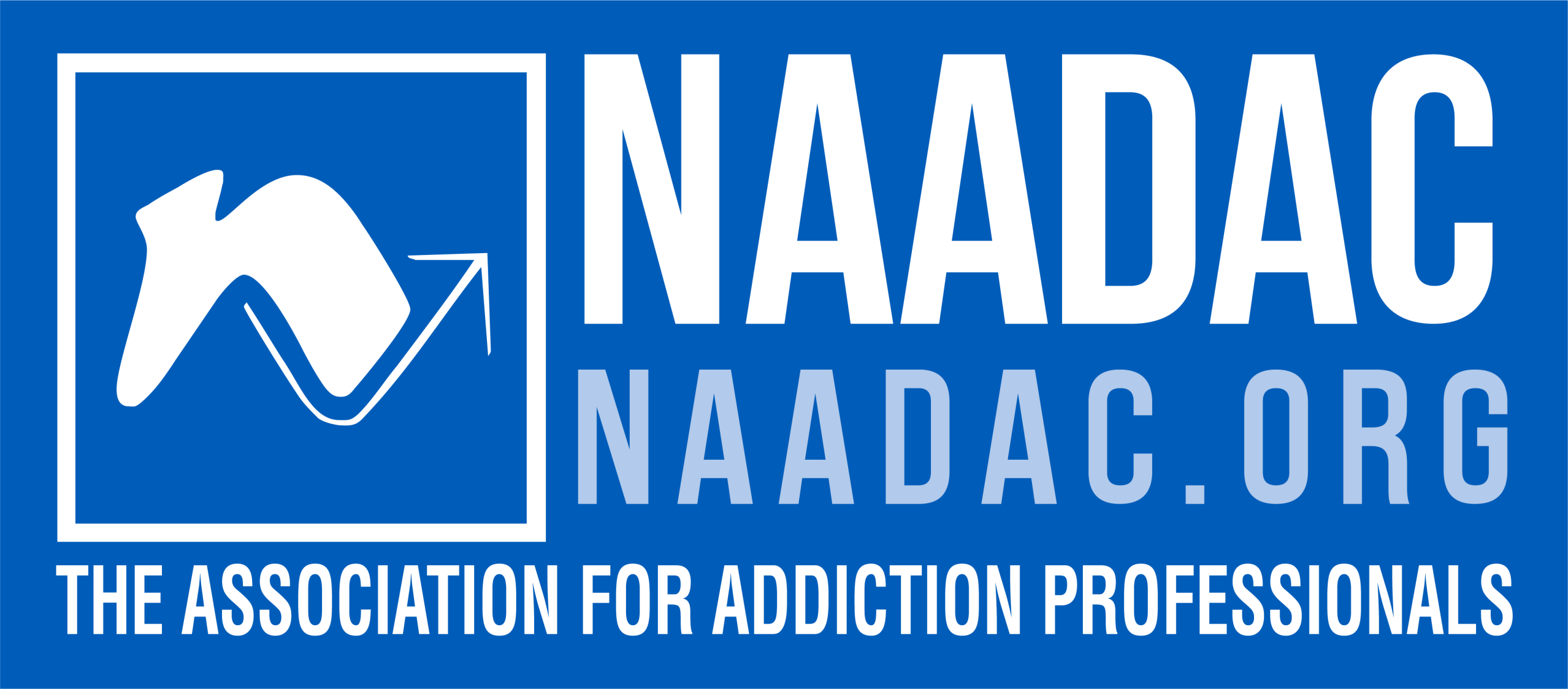
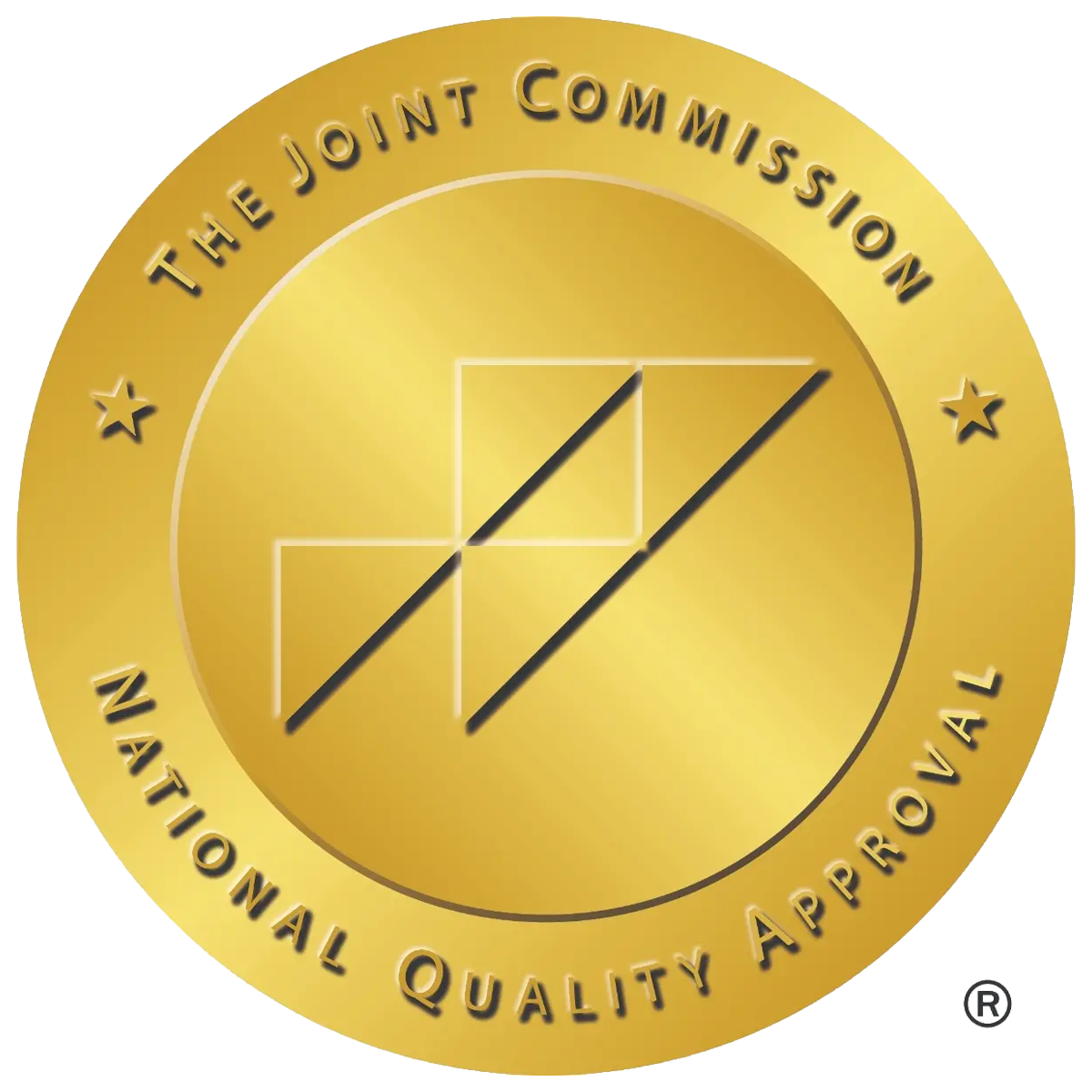
What Is Opana (Oxymorphone)?
Opana is the brand name for oxymorphone, a strong opioid painkiller classified as a Schedule II controlled substance. It helps people manage moderate to severe pain. However, because it creates feelings of euphoria, it’s often misused and highly addictive.
In 2017, the FDA asked the manufacturer to stop selling Opana ER in the United States due to its high abuse potential. While the brand is no longer available, generic forms of extended-release oxymorphone are still prescribed.
Street Names for Opana
People on the street may refer to Opana using different slang names:
- Blues
- Pink O
- New Blues
- The O Bomb
- Stop Signs
- Pink Heaven
- Pink Lady
- Blue Heaven
How Common Is Opana Addiction?
Addiction to oxymorphone is not rare. A national survey on drug use found that 18.7 million people in the United States misused prescription drugs in 2016. Oxymorphone was one of the commonly misused substances.
Often, people start taking this medication legally with a prescription. Over time, their bodies build tolerance, requiring more of the drug to feel the same effects. This cycle can lead to physical dependence and addiction.
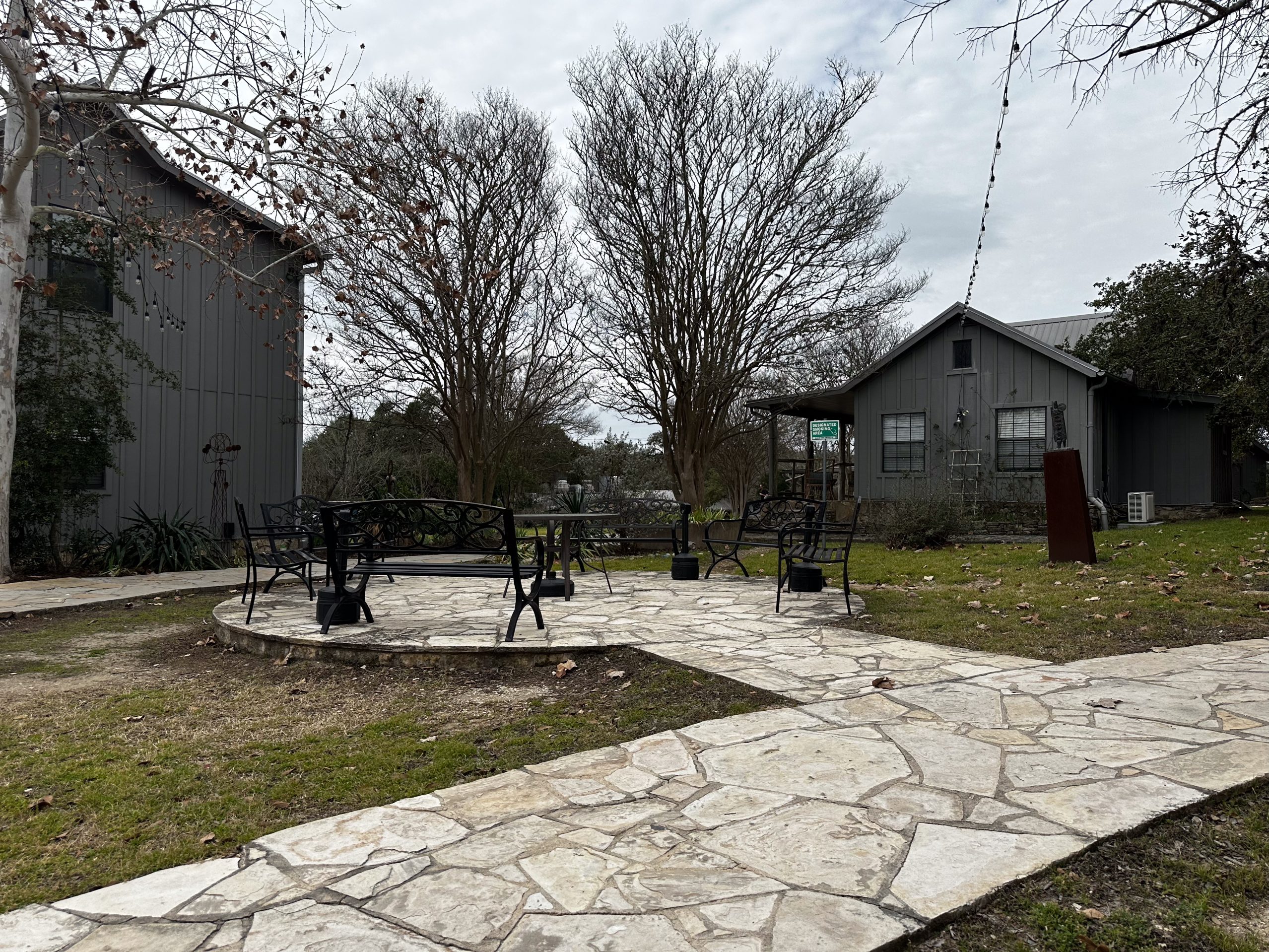
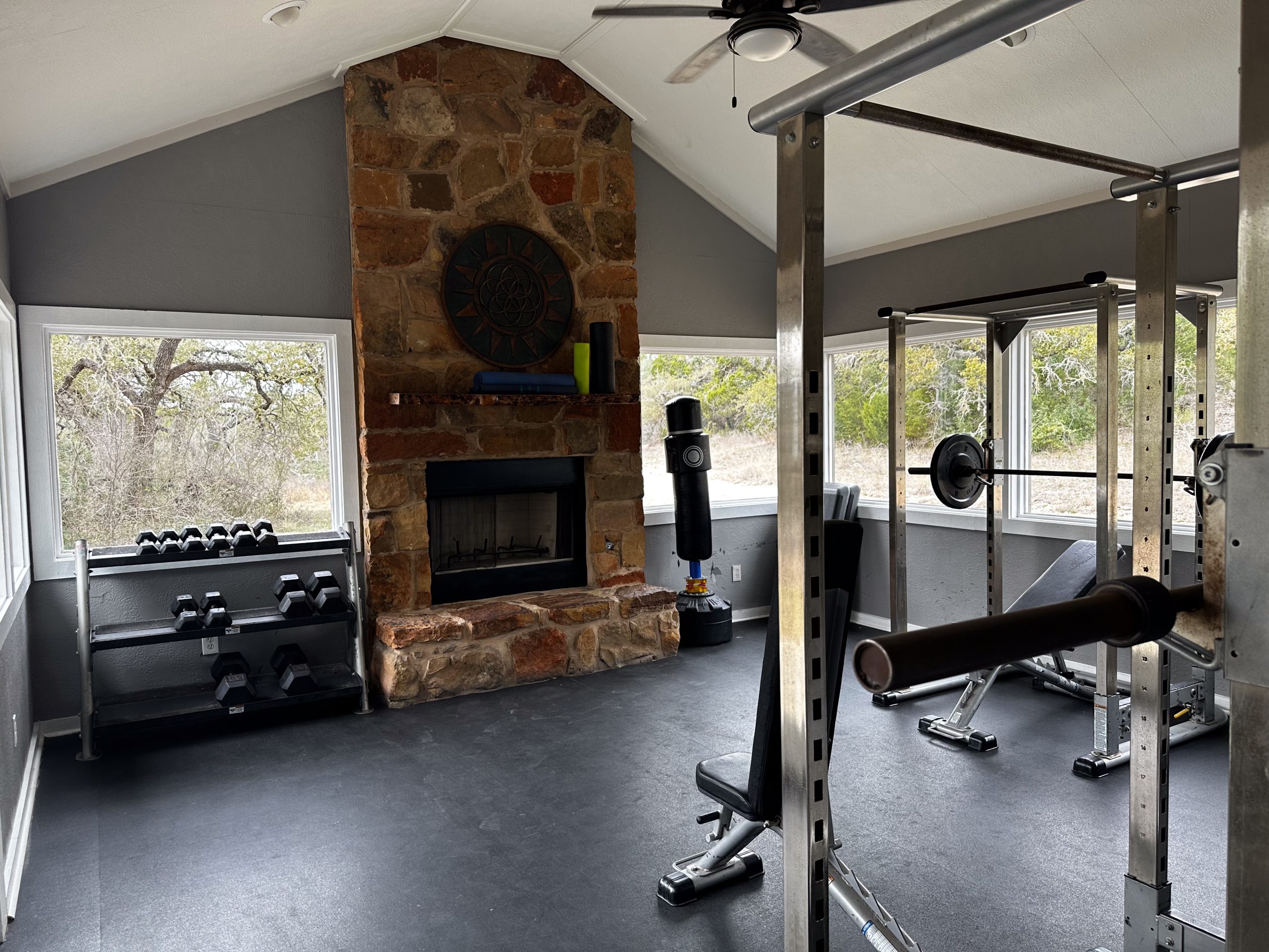
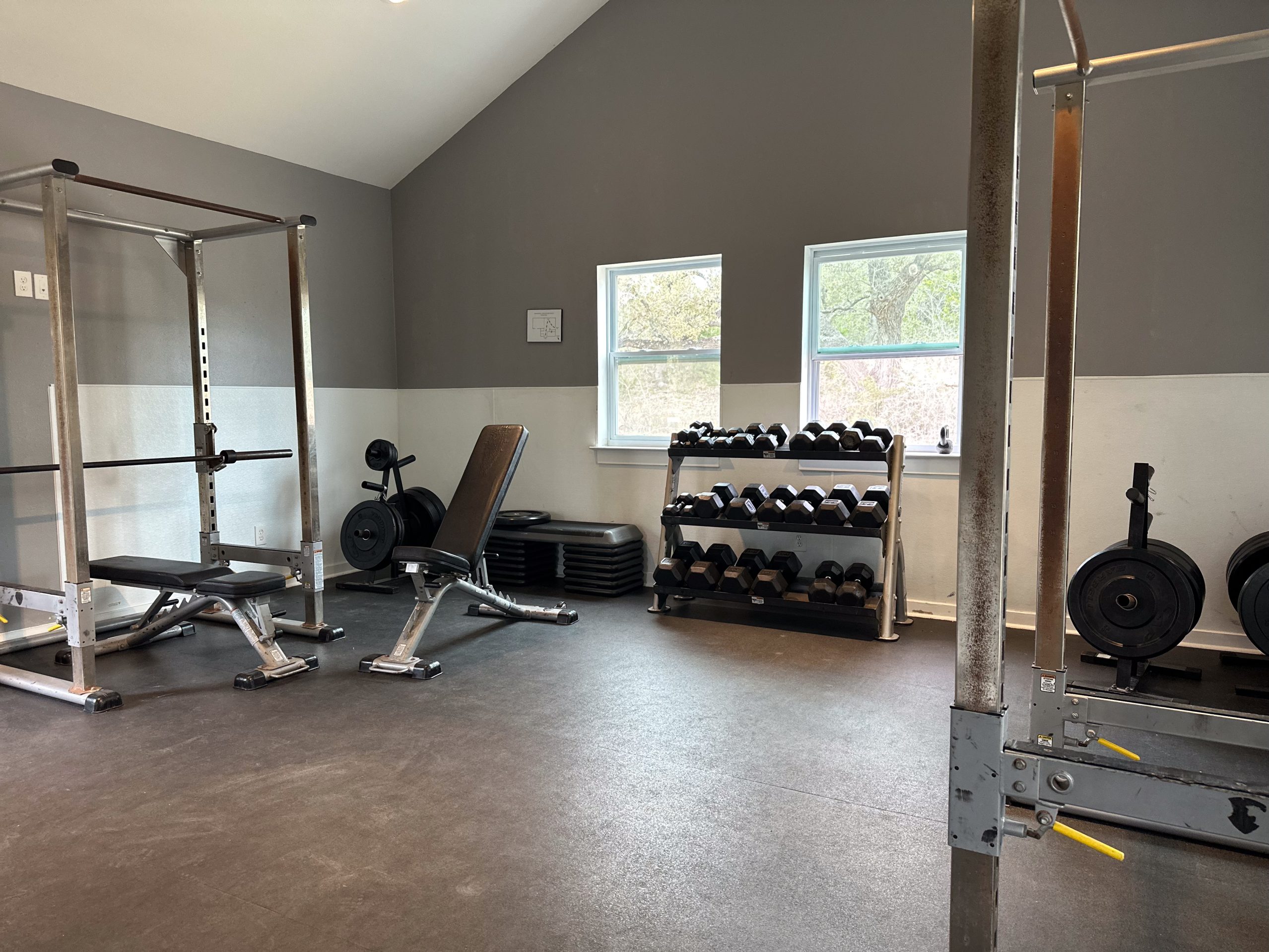
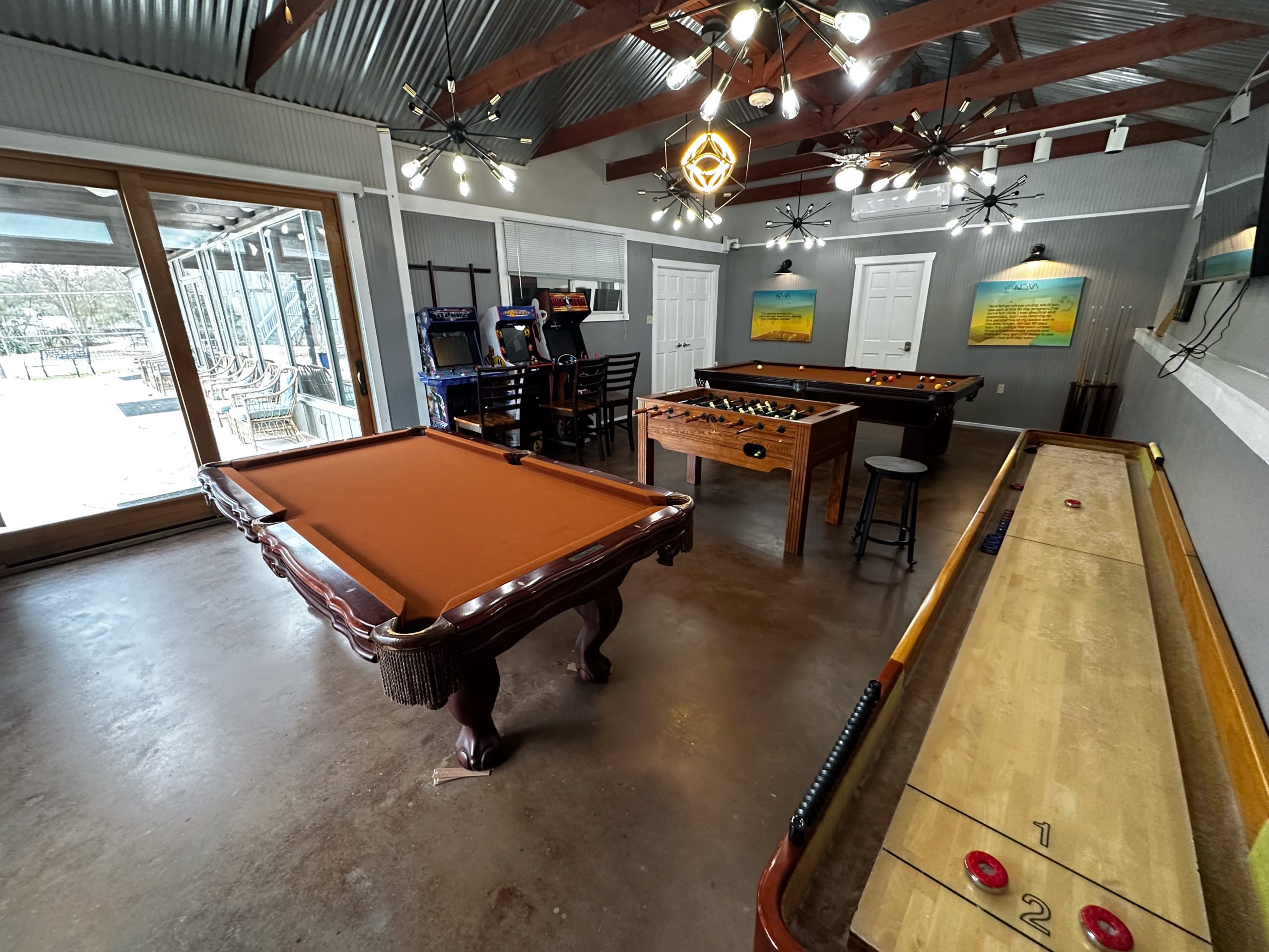
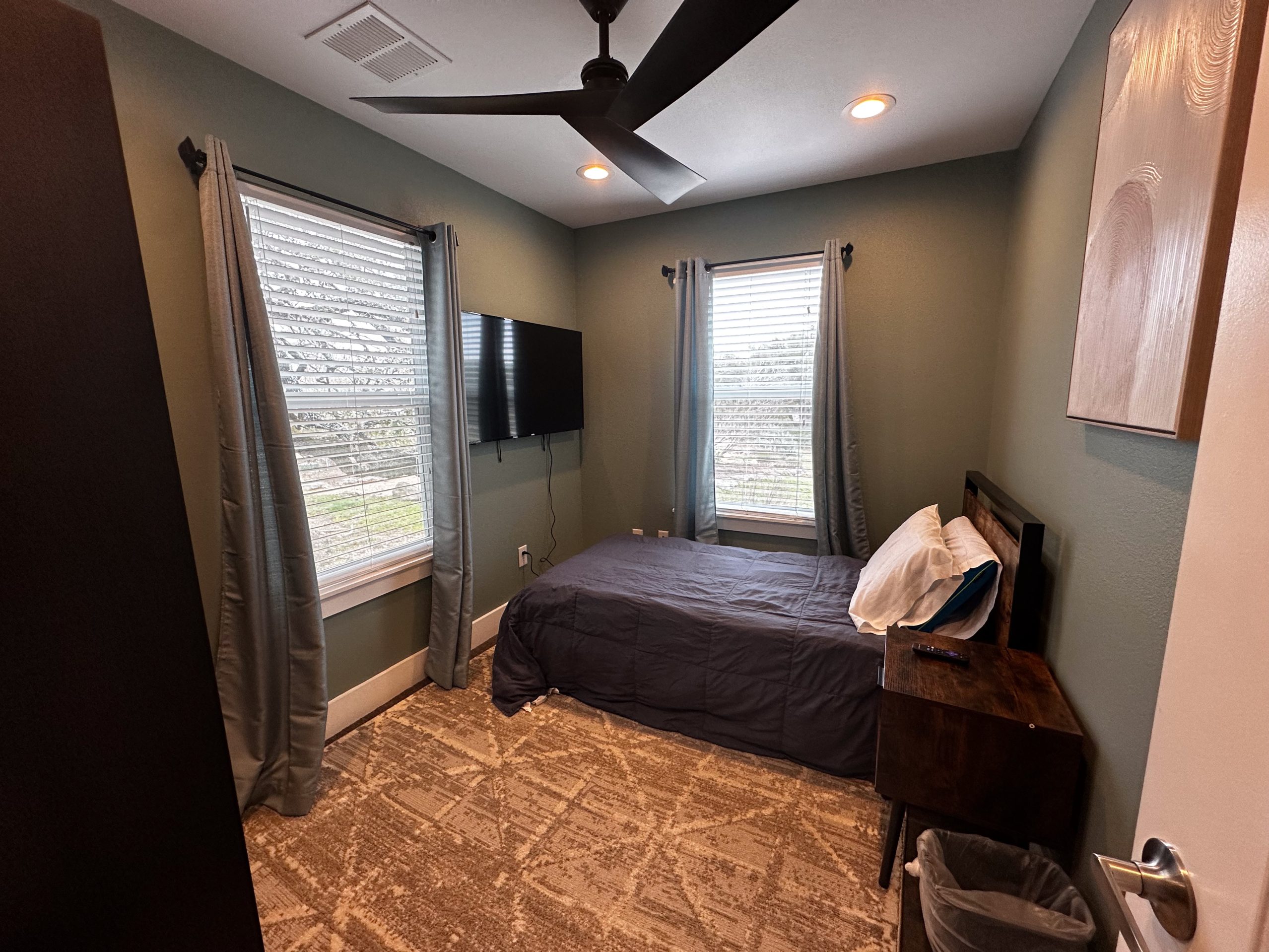

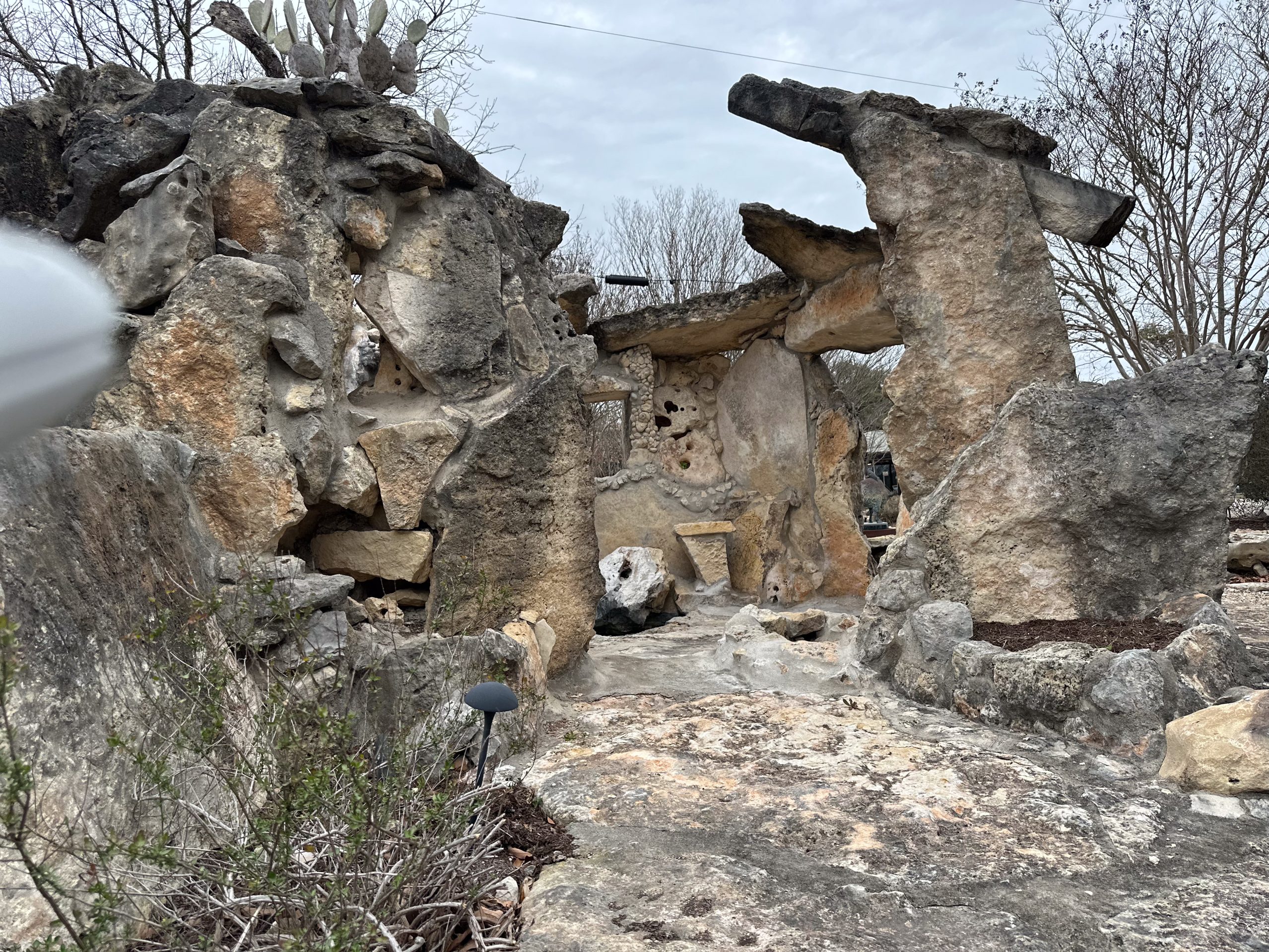
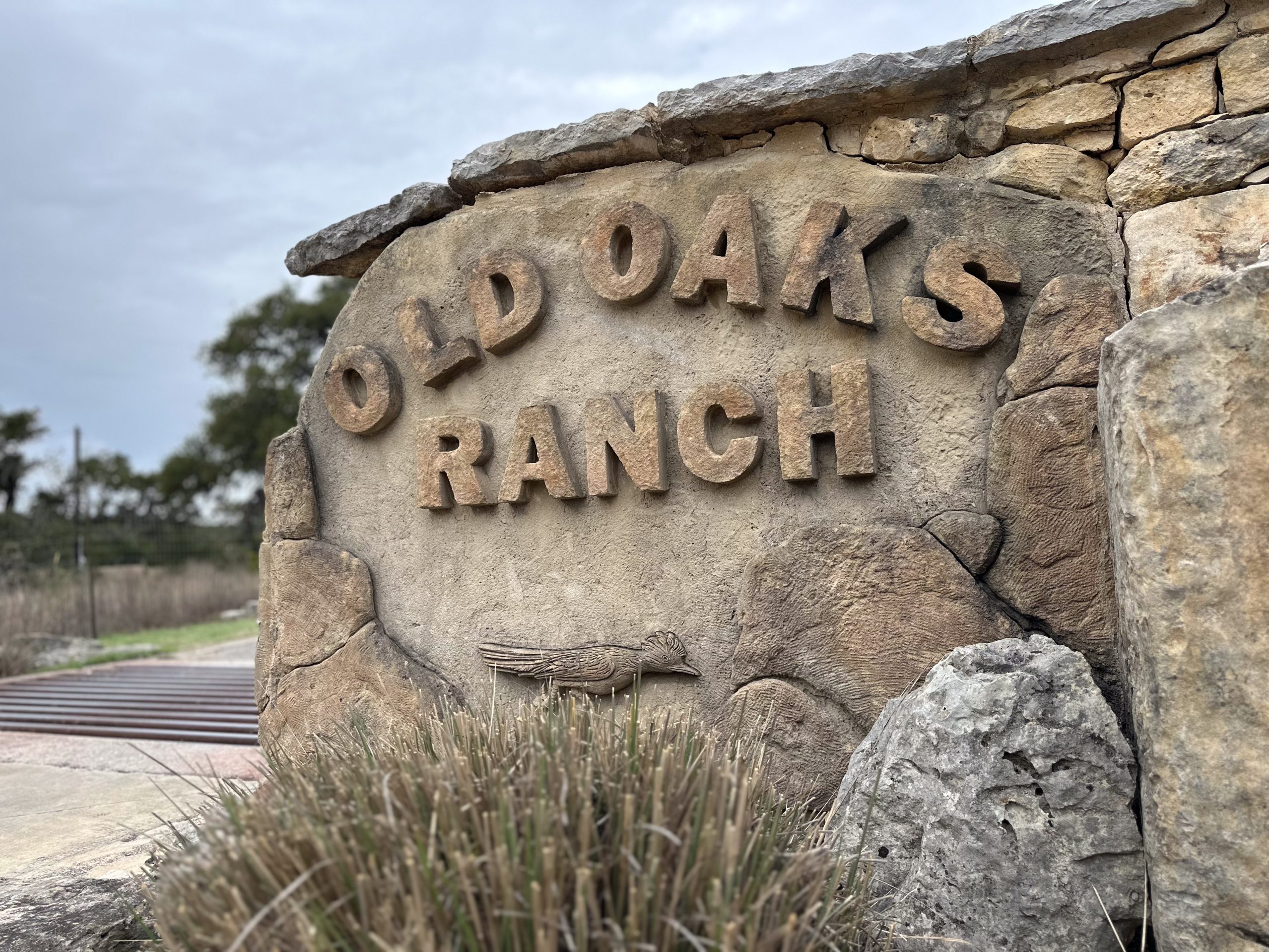
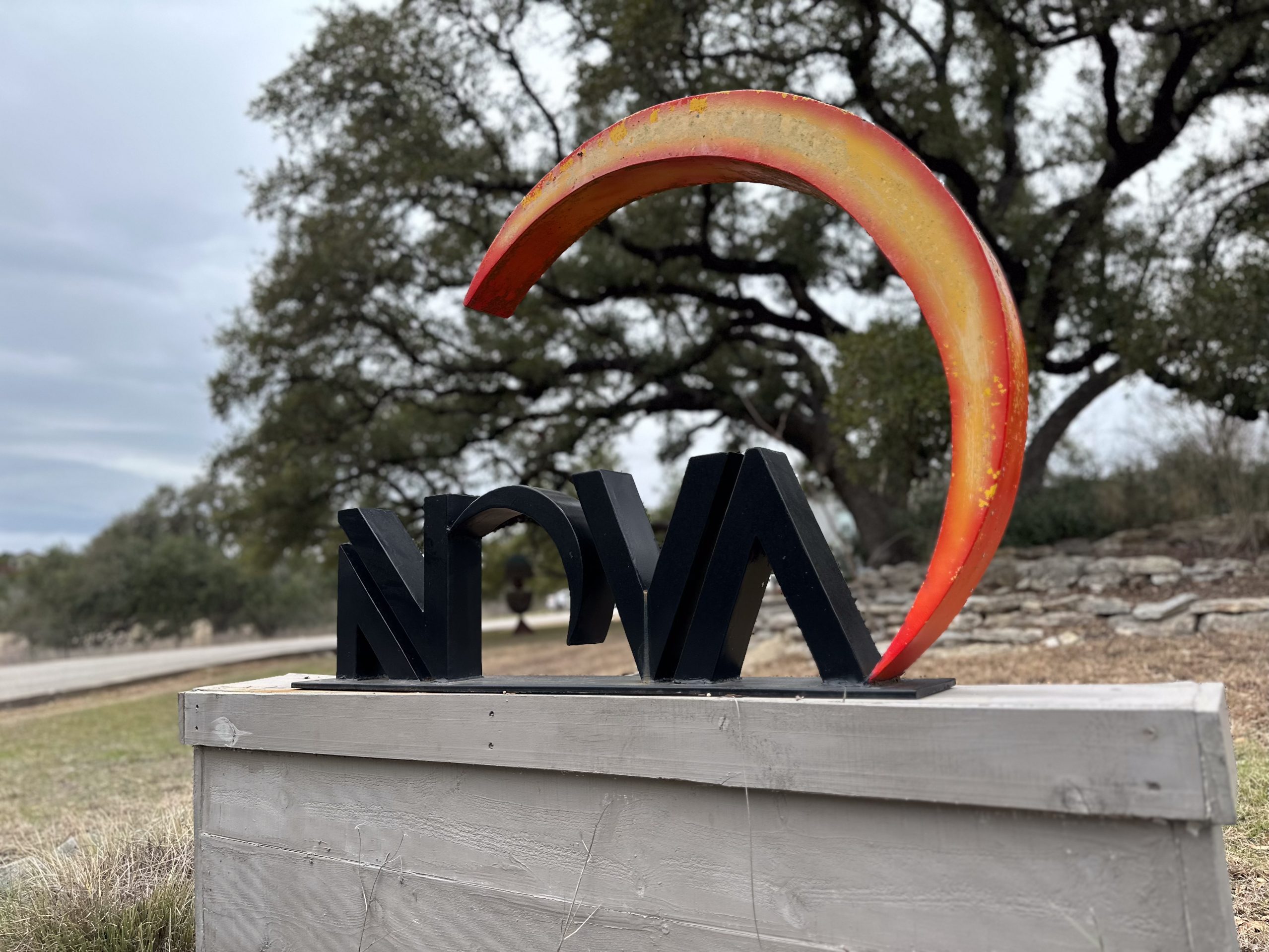
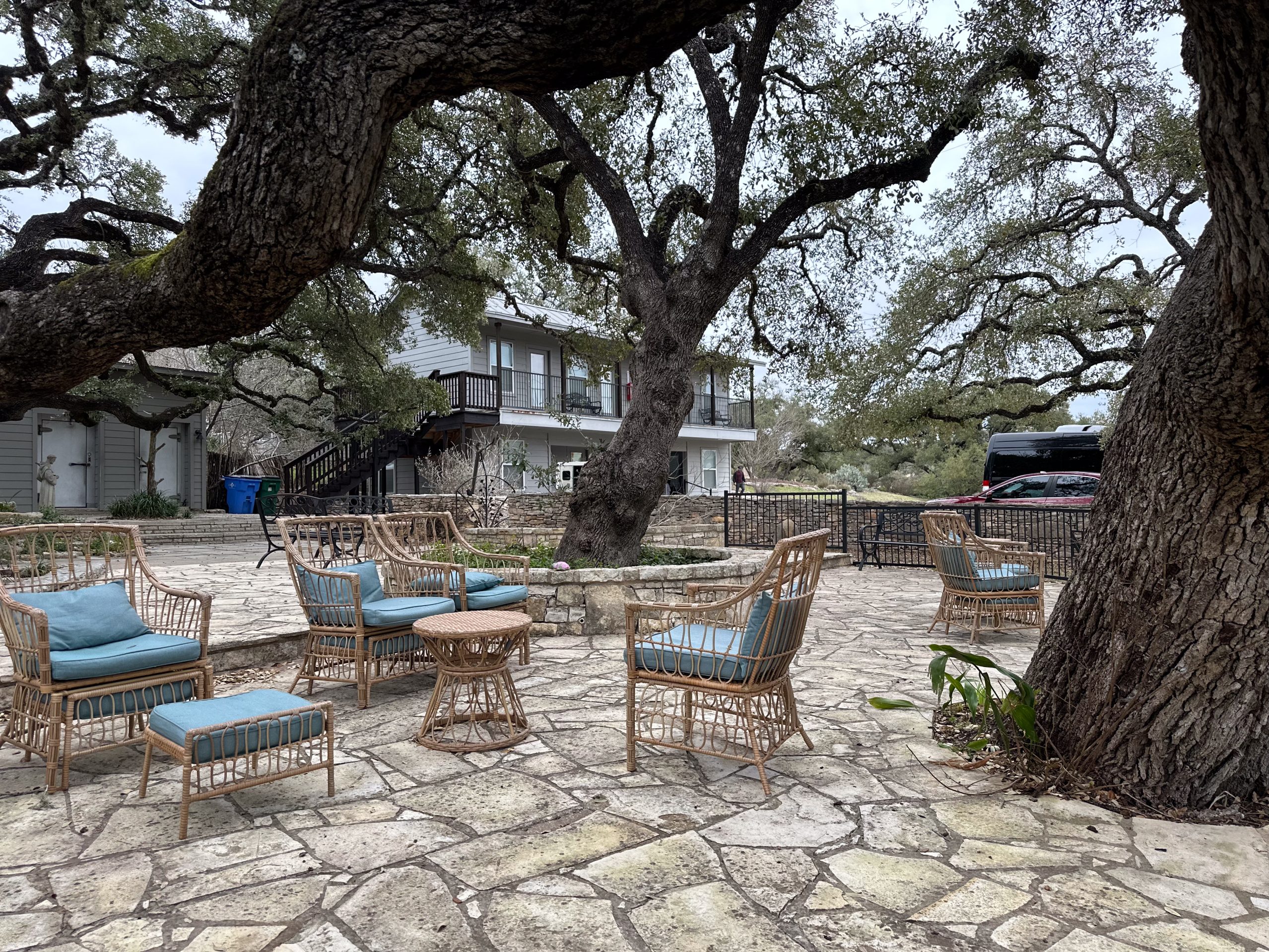
Side Effects of Opana Use
Short-Term Effects
- Euphoria
- Sleepiness
- Dizziness
- Vomiting
- Pain relief
- Slowed breathing
- Constipation
- Fainting or blacking out
Long-Term Effects
- Liver damage
- Brain damage
- Mental health issues
- Swollen abdomen
- Chronic constipation
- Physical dependence
Signs of Opana Addiction
If someone is addicted to Opana, they may:
- Visit multiple doctors to get more prescriptions
- Take more of the drug than prescribed
- Crush or inject pills
- Buy pills illegally
- Skip work or school
- Pull away from family and friends
- Feel sick without the drug
- Fail when trying to quit
These behaviors show a growing substance use disorder and may signal the need for professional help.
Opana Detox and Withdrawal Symptoms
Detox is the first step in recovery. It clears the drug from your body. However, opioid withdrawal can be painful and even life threatening without medical support.
Common Withdrawal Symptoms
- Sweating and chills
- Stomach cramps
- Muscle pain
- Vomiting and diarrhea
- Anxiety
- Trouble sleeping
- Irregular heartbeat
- High blood pressure
These symptoms make it risky to detox at home. A medical detox center offers medication and support to ease symptoms and keep you safe.
Freedom Starts Here. Take Back Your Life Today.
Same-Day Admissions in Austin Available.
How Long Does Opana Stay in the Body?
Opana has a half-life of about 9 to 11 hours. That means it stays in the system for up to 4 days after the last dose. This depends on:
- Dosage
- Age
- Gender
- Metabolism
- Liver and kidney health
Opana Withdrawal Timeline
- 12 hours after last dose: Anxiety, restlessness, flu-like symptoms
- 2–3 days after last dose: Nausea, vomiting, stomach pain, cravings
- 3–5 days after last dose: Some relief, but fatigue and chills may continue
This process is different for everyone. That’s why personalized treatment plans are important.
Why Long-Term Treatment Matters
What Long-Term Treatment Offers
- Education about addiction
- Completion of all 12-step programs
- Coping skills and relapse prevention
- Help with mental health treatment
- Family therapy and communication skills
- Better life skills and self-care
- Support groups to encourage progress
More Time. More Joy. More You. Start Now.
WE ACCEPT MOST INSURANCES







Inpatient Drug Rehab vs. Outpatient Programs
Inpatient Treatment
- Live at the rehab center
- Daily structure and therapy
- On-site medical care
- Less exposure to outside stress
- High levels of care and support
Outpatient Drug Rehab Programs
- Live at home and attend scheduled sessions
- Includes intensive outpatient programs (IOPs)
- Offers flexibility for work and family life
- Uses the same therapies as inpatient programs
Inpatient programs are ideal for serious addiction cases or those with mental health conditions. Outpatient care works well for people with strong support systems or mild addictions.
What Is Residential Treatment?
Residential treatment is a mix of inpatient and outpatient care. You live in a structured setting but also enjoy some independence. These programs offer:
- Safe and sober living spaces
- Peer support and routine
- Continued therapy sessions
- Medication management
- Access to sober living programs afterward
Sober Living Homes: A Step Toward Independence
After treatment, many people choose sober living homes to keep building healthy habits. These homes provide:
- Drug testing
- Group therapy
- Peer support
- Life coaching
- Guidance in work or school
- Accountability
Sober living programs help people adjust to everyday life while staying committed to recovery. They’re great for people who don’t have a safe home environment.
Continuing Your Recovery Journey
Once formal treatment ends, continuing care is essential for long term recovery. This can include:
- Weekly support group meetings
- Peer mentorship
- Alumni events
- Personal therapy
- 12-step programs like NA or AA
These services are often offered by drug rehab centers or sober living programs.
Other Outpatient Drug and Alcohol Rehab Locations
The Role of Mental Health in Addiction Recovery
Many people with addiction also have mental health conditions. Treatment should address both. Comprehensive care often includes:
- Mental health evaluations
- Counseling and therapy
- Medication for mood disorders
- Cognitive behavioral therapy (CBT)
- Long- and short-term mental health treatment plans
This dual-focus approach helps people manage both issues together and prevent relapse.
How to Find the Right Rehab Program
Finding a program that fits your needs is key. Good addiction treatment programs offer:
- Inpatient and outpatient treatment
- Intensive outpatient programs IOP
- Sober living support
- Family therapy
- Medical detox services
- Programs that accept health insurance
- Levels of care to match addiction severity
Many centers also provide help with insurance, payment plans, and personal assessments. The best programs treat the whole person—mind, body, and spirit.
When to Seek Treatment
If you or someone you know is battling opioid use disorder, don’t wait. The longer the addiction continues, the harder it becomes to stop. The increased risk of overdose, long-term health issues, and life-threatening conditions only grows over time.
Reach out to a licensed treatment center today. Whether you need short term stabilization or long-term drug rehab, help is available. Program offers include everything from detox to medication-assisted treatment and support for family members.
Oxymorphone (Opana) FAQs – Addiction, Strength, and Safe Treatment
Are oxymorphone and Opana the same thing?
Yes. Oxymorphone is the generic name for Opana, a prescription opioid analgesic used to treat moderate to severe pain. Both refer to the same Schedule II controlled substance, though Opana was a specific brand formulation of oxymorphone.
Why was Opana discontinued?
The FDA requested the removal of Opana ER (extended-release oxymorphone) from the U.S. market in 2017 due to high rates of misuse and abuse. Although generic oxymorphone remains available in some forms, the brand name Opana was discontinued for safety reasons.
How strong is oxymorphone?
Oxymorphone is considered a highly potent opioid, significantly stronger than morphine. Because of its strength, it carries a high risk of misuse, physical dependence, and opioid addiction when not taken exactly as prescribed.
What’s the difference between Opana and Dilaudid?
Both Opana (oxymorphone) and Dilaudid (hydromorphone) are strong opioid painkillers, but they differ in formulation and potency. Oxymorphone is derived from thebaine, while hydromorphone comes from morphine. Both are Schedule II drugs with high abuse potential.
What are opioid analgesics?
Opioid analgesics are prescription painkillers that work by binding to receptors in the brain and nervous system to reduce pain perception. Examples include oxymorphone, hydromorphone, morphine, and oxycodone.
What are the most commonly prescribed opioid analgesics?
Some of the most widely prescribed opioids include oxycodone, morphine, hydrocodone, hydromorphone, and oxymorphone. These medications are typically prescribed for pain but also carry significant risks of misuse and addiction.
What are Schedule II controlled drugs?
Schedule II drugs, such as oxymorphone, Adderall, and fentanyl, are classified as substances with accepted medical use but a high potential for abuse and dependence. This category includes the most commonly misused prescription opioids.
What is the difference between Schedule I and Schedule II narcotics?
Schedule I drugs (like heroin) are considered illegal with no accepted medical use. Schedule II drugs (like oxymorphone, oxycodone, and hydromorphone) have legitimate medical uses but strict regulations due to their abuse potential.






